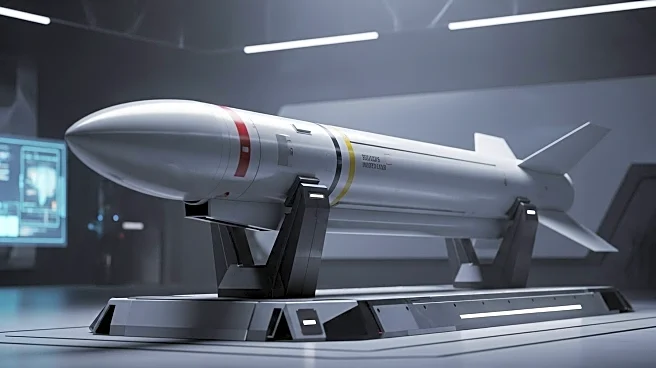What's Happening?
Army Secretary Dan Driscoll has announced upcoming changes to the Army's acquisition processes, aiming to streamline and centralize the current system. Speaking at the Association of the U.S. Army conference,
Driscoll criticized the existing structure for being slow and costly, benefiting prime contractors rather than soldiers. The reforms will consolidate the acquisition enterprise under a single organization reporting directly to senior Army leadership. Driscoll plans to model these changes after Silicon Valley business practices, emphasizing speed and efficiency. The Army is also launching initiatives like xTechDisrupt, a competition for small businesses to present technology proposals, with winners receiving funding to implement their ideas quickly.
Why It's Important?
These reforms are significant as they aim to enhance the Army's ability to equip soldiers with necessary tools more rapidly, potentially improving military readiness and effectiveness. By adopting Silicon Valley's agile business models, the Army seeks to foster innovation and reduce bureaucratic delays. This approach could lead to more cost-effective solutions and faster deployment of new technologies. The Trump administration's support provides political backing, which may facilitate the implementation of these changes. The focus on small businesses and startups could diversify the Army's technological base and stimulate economic growth in the defense sector.
What's Next?
The Army plans to implement these acquisition reforms in the coming weeks, with the xTechDisrupt competition already underway. Winners will begin field testing their technologies with soldiers, aiming for rapid iteration and improvement. The broader initiative, Fuze, will continue to connect startups with funding, following venture capital models. The Army has allocated significant funding to support these efforts, with plans to increase investment next year. As these changes unfold, the Army will monitor their impact on acquisition speed and efficiency, potentially adjusting strategies based on feedback from soldiers and industry partners.











